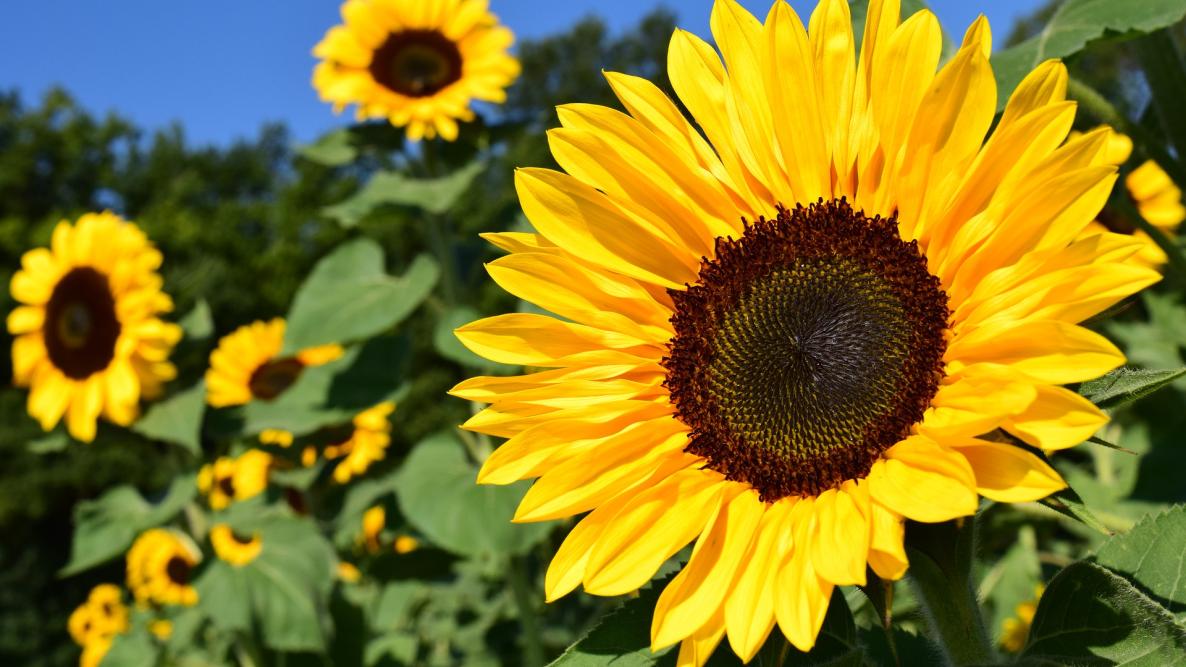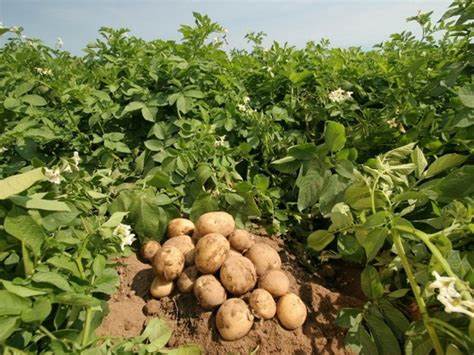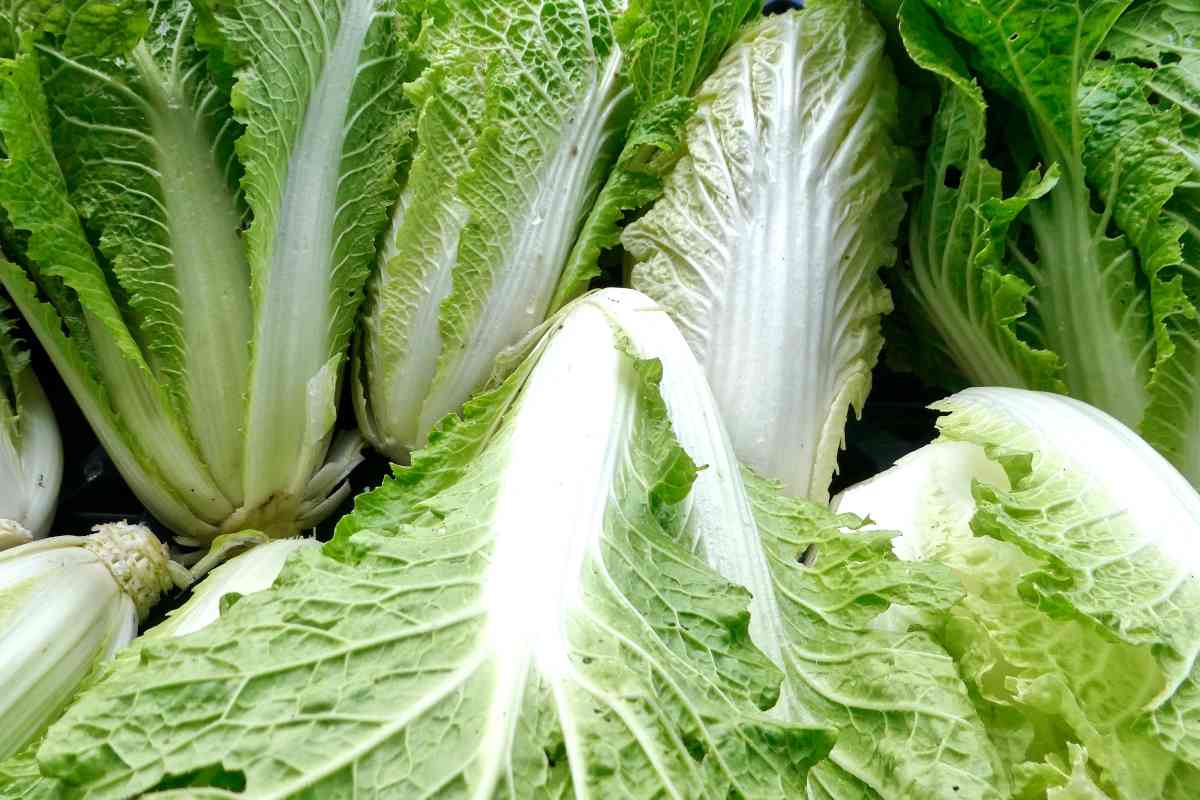SUNFLOWER PRODUCTION

- Musa Silumesii
- 16 Oct, 2023
SUNFLOWER PRODUCTION
SUNFLOWER belongs to genus Helianthus of 19 species. The crop is currently cultivated all over the world with the largest areas being USA, Argentina, the Ukraine and Volga regions, tropical type of sunflower is found in Australia and parts of Africa and Argentina.
This germ is characterized by the thick hulled seed and tall plants. (2.53.0m). Sunflower –Helianthus annulus originated from North America.
USES
The following are the uses of sunflower
• Sunflower is a potential oil crop; the oil content of the seed is 25% to 50% depending on the variety.
• Sunflower cake is used to make livestock feed.
• Young plants can also be used as silage making material.
• The crop can be grown as green manure crop.
CLIMATIC REQUIREMENTS
A. TEMPERATURE
• Though the crop has generally wide adaptation, sunflower has limited ranges of environment conditions optimum temperature conditions are required for good grows.
• Temperature between 18 degrees Celsius and 25 degree Celsius are idea for good grows.
RAINFALL
• Sunflower resist drought possibly because of its tap root system
• The crop is sensitive to water logging.
• The annual rainfall required is 750 mm rain is very important during the flowering periods. It is important that there should be dry weather during ripening period.
SOIL REQUIREMENTS
• The soils should be well drained with water holding capacity
• Well aerated
• Soil range should be sand to clay
• Soil PH should be 5-6.
ROTATION
Sunflower can grow in rotation with miaze, cotton, wheat, groundnuts and sorghum. Sunflower is the host to eelworm, therefore should not be grown in rotation with tobacco and potatoes.
VARIETIES
The following are the varieties of sunflower grown in Zambia;
• Milika takes 100-110 days to mature and has a potential yield of 2 tons per hectare
• Record takes 115-125 days to mature and has a potential yield of 1.5 tons per hectare.
LAND PREPARATION
• In general tillage must be done to adequately turn the top soil so as bury residue and control weeds, ploughing and discing is done aiming at obtaining a fine tilth.
• Where erosion is potential problem minimum tillage can be adapted .In Zambia planting sunflower on ridges has not been a general practice but could be adopted in heavy rainfall areas, this is to facilitate drainage and avoid water logging.
PLANTING PERIOD
A. PLANT PERIOD
• Mid December to mid - January
• When choosing planting date it is important to take into accounts that the crop does not mature before the rain end.
• At least three and half month will be required from planting to reaching physiological maturity.
B. SEED RATE 5 - 8 Kg/ha
C. PLANTING DEPTH
• Plants 2-3 cm deep.
• Avoid deep planting as emergence may be reduced.
D. SPACING
The following plant spacing can be used.
• 75 x 30 cm • 90 x 25 cm
FERTILISER REQUIREMENTS
• Sunflower has a strong tap root and is able to utilize residue fertilizer efficiency. After a well fertilized crop sunflower can be grown without fertilizer though low yield should be expected.
• In order to obtain high yields supply 200 Kg/ha compound D as basal dressing. Top dressing with 100 Kg/ha ammonium nitrate. Top dressing should be done 6 weeks after the crop has emerged.
WEED CONTROL
• Two weeding should be enough.
• First weeding 2 weeks after it has emerged.
• Second weeding 4 weeks from first weeding, this will depend on the weed pressure.
• Sunflower because of its broad leaf character it is a strong competitor towards weeds.
FIELD AND PEST MANAGEMENT
A. PEST Sunflower suffers from a wide range of pests, the following are the most important ones
• Cut worms
• Termites Control: spray with phorate 68 Kg/ha
• American boll worm Control: spray with Thiokill endosulfan contact insecticide 35% Ec 2mls per liter of water
DISEASES
1. RUST
• The disease is caused by the fungus puccinia Helianthi.It is the most serious disease with sunflower and small lesion of the leaves produce red purstule on lower surface.
Control:
spray with Mansolaxyl (mencozed 80% +metalaxy1 10%) rate 2-3 g/liters of water.
2. SPOT WITH WHITE BLISTER
• These are caused by respecting the fungi,septoria helianthi and cystopus tragopogomi.
• They caused respectively brown leaf spots and white leaf blisters.
Control:
spray with copper oxychloride 50-80g/10 litres of water.
3. ROOT AND STEM ROOT
• These are caused by sclerotinia spp. The main symptom is waiting, the heads contain a black fungus. Control; Use healthy seeds. Use crop rotation.
HARVESTING
Start harvesting when both the head and bracts have turned yellow –brown and leaves are brown and harvesting should be completed as quickly as possible since sunflower may shatter, it is advisable to harvest the crop fast enough. Several harvests maybe necessary to reduce seed loss and birds damage. Harvest by cutting the heads from the standing plantings using knives. Combine harvesters can be used.
Leave a Reply
Your email address will not be published. Required fields are marked *
.jpg)












